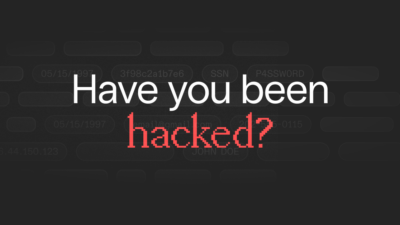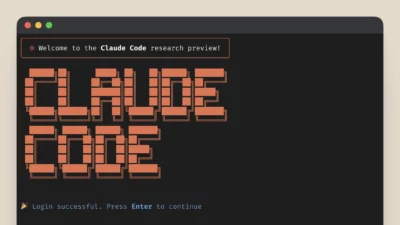The Cost of Verification in the Digital Age
In today’s hyper-connected world, we routinely share vast amounts of Personally Identifiable Information (PII) with various organizations for even the simplest verification’s—whether for banks, government services, or online accounts.
But have you ever wondered why it feels so routine to share such sensitive data, or what really happens once you hand it over?
Data Leaks and Privacy Breaches
Too often, we give away photocopies of our IDs and share personal details without a second thought, only to find ourselves bombarded with spam calls, targeted ads, and unwanted emails. Why is it that telemarketers seem to know you’re shopping for a loan or planning to enroll in college?
The answer lies in the hidden, centralized data ecosystems that power today’s internet. Our personal information is stored on centralized servers that can be vulnerable to data leaks, breaches, and unauthorized access. Worse yet, data brokers often share your data with third parties for marketing and analytics. This even includes platforms you use daily, such as Zomato, Swiggy, and Ola, which gather insights about your preferences, routines, and lifestyle.

“You Are the Product” in the Data Economy
If you’ve ever heard, “If you’re not paying for the product, you are the product,” it applies here. Personal data has become a hidden currency exchanged across the web without your knowledge or consent. Each time you use a free service, there’s a chance your information is being collected and analyzed for resale.
Conclusion: Time for Change
As data breaches and unauthorized data-sharing grow more common, it’s clear that individuals need more control over their personal information. The solution may lie in new technologies designed to put privacy back into users’ hands.
In our next blog, we’ll explore how blockchain technology is paving the way for privacy-first digital credentials – giving control of personal data back to individuals and transforming the way we manage digital identities.





What are the risks associated with sharing Personally Identifiable Information (PII) in today’s digital environment, and how can individuals and organizations better protect sensitive data from misuse or breaches?
Greeting : IT Telkom